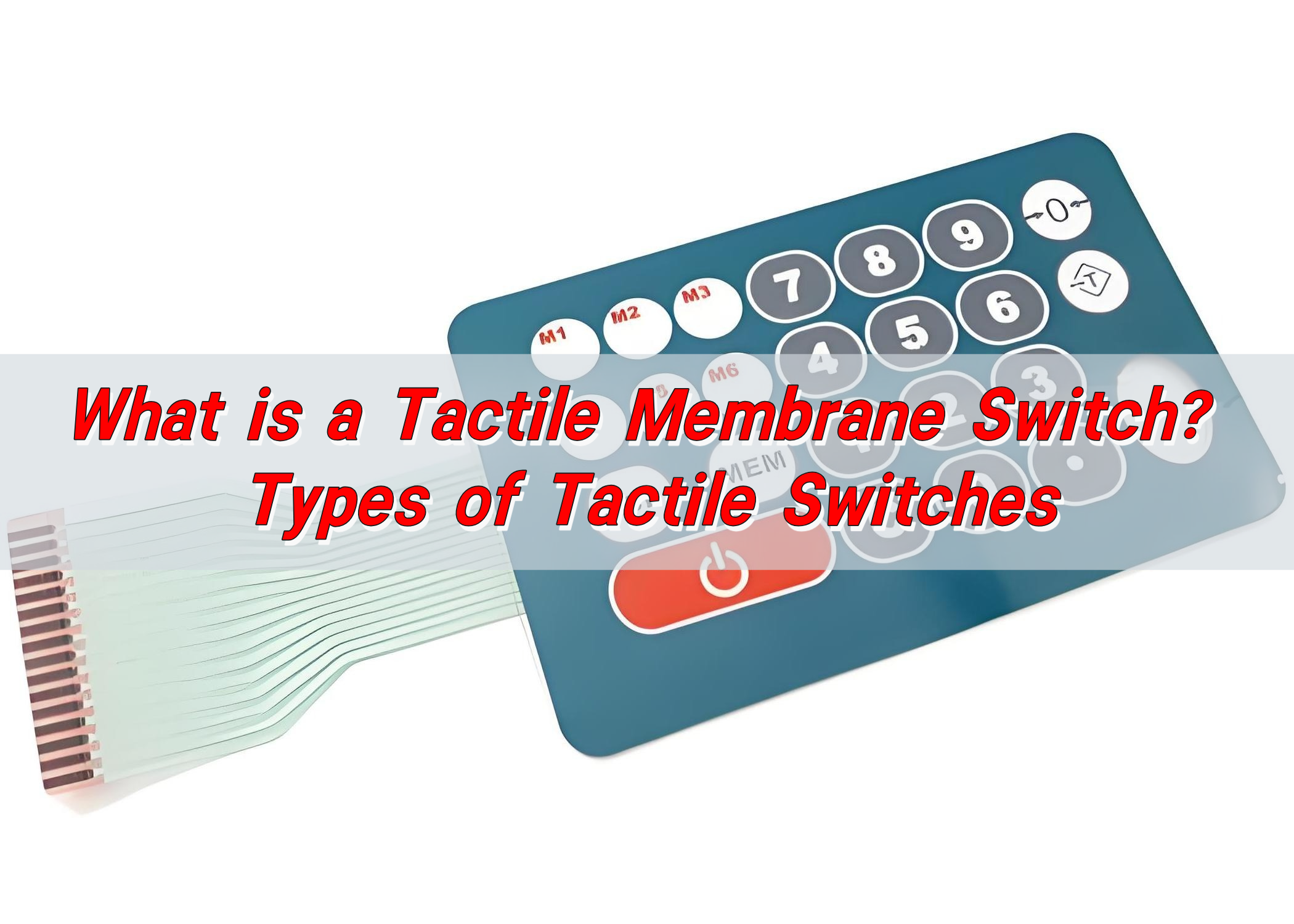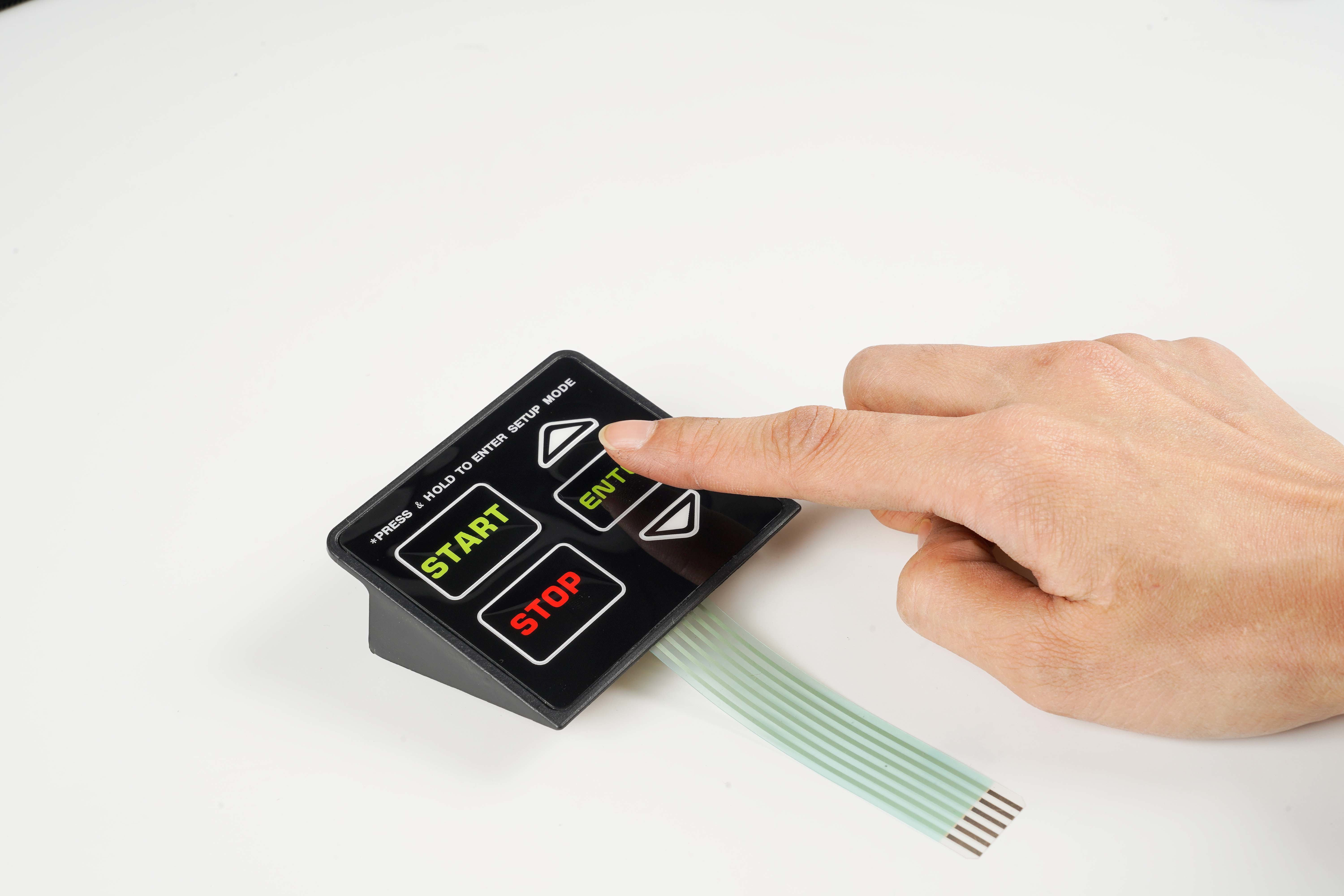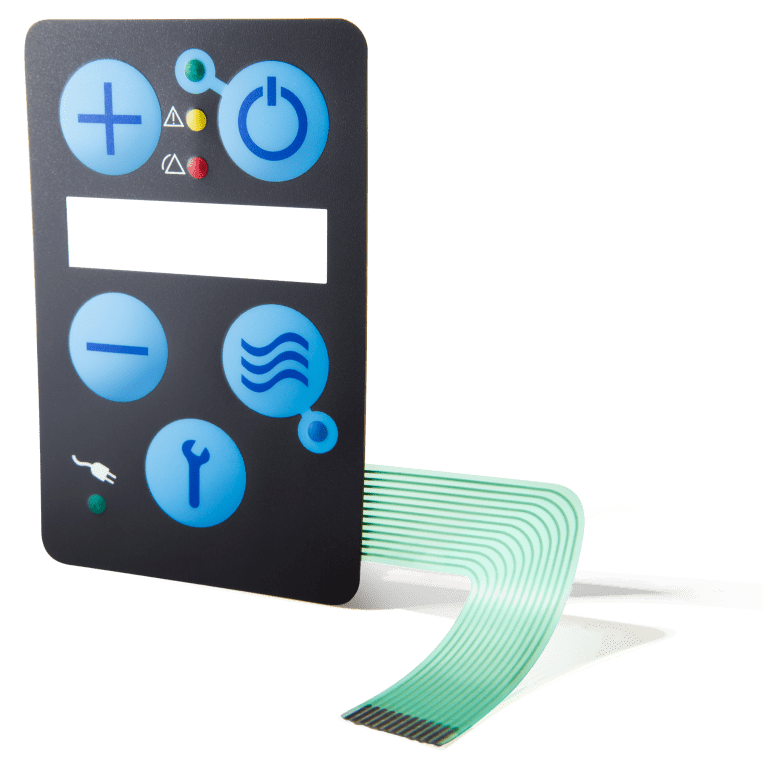The Manufacturing Process Behind Membrane Switch: What You Need to Know
The production process behind membrane layer switches combines mindful layout, product selection, and top quality control. It begins with recognizing the complexities of membrane layer switch layout and proceeds via different stages, including material selections and printing strategies. Each phase plays a vital duty in ensuring performance and longevity. However, the complexities of layer building and the rigorous screening standards may expose insights that are not quickly obvious. What lies beyond these fundamental components?
Comprehending Membrane Layer Switch Design
Membrane buttons may show up easy at initial look, their style includes complex factors to consider that guarantee capability and resilience. The style procedure begins with a comprehensive understanding of user requirements, including the user interface's designated application and environmental aspects. Ergonomics is a crucial component, as the layout should help with simplicity of use while guaranteeing that responsive feedback fulfills individual expectations.Moreover, the layering of components, such as visuals overlays, adhesive layers, and conductive traces, should be exactly engineered. membrane switch. This layered arrangement not only affects the button's responsiveness but additionally impacts its longevity. Attention is provided to the sealing methods employed to shield versus dampness and dust, which might endanger performance. Additionally, design factors to consider prolong to aesthetics, where color design and aesthetic clearness boost customer experience. Eventually, the style of membrane changes balances performance, customer experience, and longevity, guaranteeing that they meet the needs of different applications successfully
Products Made Use Of in Membrane Switch Over Production
When picking products for membrane switch manufacturing, it is vital to contemplate both efficiency and longevity. The key materials include polyester and polycarbonate films, which provide flexibility and toughness. These films are typically covered with adhesive to assure appropriate bonding to substratums. Conductive inks, usually made up of silver or carbon, are critical for producing electric connections within the button, allowing for trustworthy operation.Additionally, a protective layer, such as a difficult layer, is often put on enhance scrape resistance and durability. The selection of backing material, such as acrylic or foam, can considerably impact the switch's responsive feel and overall individual experience. Additionally, numerous environmental factors, consisting of temperature and moisture, must direct material option to assure peak performance in certain applications. Inevitably, the best combination of materials contributes to the membrane layer button's functionality and lifespan, making notified options crucial for manufacturers.
The Printing Process: Creating Video and Text
The printing procedure in membrane layer button production plays a substantial duty in producing top quality graphics and text. Various graphic design techniques are used to assure aesthetic appeal and functionality, while careful ink selection approaches are essential for durability and efficiency. Understanding these elements is basic for attaining ideal lead to membrane switch layout.
Graphic Layout Techniques
Graphic style methods play an important role in the printing procedure of membrane buttons, as they define how graphics and message will ultimately show up on the end product. Efficient graphic layout involves the critical use shades, layouts, and typefaces to enhance readability and aesthetic appeal. Designers often use vector graphics for scalability, ensuring that photos remain sharp at different dimensions. Furthermore, focus to contrast and positioning is vital, as it influences customer interaction and aesthetic top quality. The incorporation of branding aspects, such as logo designs, must be managed with treatment to maintain brand honesty. Overall, thoughtful graphic layout strategies contribute significantly to the capability and attractiveness of membrane buttons, influencing user experience and product performance.
Ink Choice Approaches
Selecting the suitable ink is necessary for attaining the desired visual high quality and longevity in membrane switch production. Various ink types are used, consisting of solvent-based, water-based, and UV-curable inks. Each kind supplies distinctive features, such as bond, versatility, and resistance to environmental factors. Solvent-based inks are frequently favored for their sturdiness and dynamic colors, while water-based inks are much more ecologically friendly but may have constraints in attachment. UV-curable inks give quick healing and durable performance. Additionally, color matching strategies assure that the picked inks line up with style specifications. Ultimately, the selection of ink have to take into consideration aspects such as application technique, substrate compatibility, and end-use needs to attain remarkable outcomes in membrane layer switch graphics and message.
Layer Building and Assembly

Product Option Refine
A mindful selection of materials is important in the manufacturing process of membrane switches, as it directly influences performance and toughness. The key products utilized consist of polyester, polycarbonate, and different conductive inks. Polyester is commonly preferred for its superb resistance to chemicals and abrasion, making it ideal for rough settings. Polycarbonate, on the various other hand, supplies remarkable quality and effect resistance, which is helpful for applications needing exposure and toughness. Conductive inks, usually composed of silver or carbon, are vital for creating reliable electric paths. Furthermore, the choice of adhesive products affects the general integrity of the button - membrane switch. Reviewing aspects such as environmental exposure, responsive comments, and aesthetic requirements overviews makers in selecting the most effective products for their particular applications
Layer Adhesion Strategies
Sticking layers in membrane button building is a vital procedure that ensures functionality and long life. Different attachment methods are employed to safeguard optimal bonding between layers, which commonly include making use of adhesives, warm, and pressure. Pressure-sensitive adhesives (PSAs) are frequently utilized for their convenience of application and immediate bonding capacities. Furthermore, thermal bonding methods can be used, where warm is utilized to activate glue residential properties, securing a solid bond. The choice of bond approach mainly relies on the materials entailed and the particular application needs of the membrane button. Proper placement and uniform application of adhesives are important to prevent flaws, safeguarding the switch operates effectively throughout its designated life-span.
High Quality Control Procedures
Guaranteeing high quality control throughout the layer building and construction and assembly of membrane buttons is crucial for maintaining performance and integrity. This procedure generally includes numerous critical steps, including complete inspections at each stage of manufacturing. Producers use innovative screening approaches, such as peel examinations and adhesion assessments, to verify the integrity of layer bonds. Furthermore, visual assessments are performed to recognize any kind of issues in printing or product incongruities. Ecological problems, such as temperature level and moisture, are meticulously monitored to assure ideal curing and adhesion. Moreover, regular calibration of tools aids keep exact production requirements. By executing these quality assurance steps, manufacturers can greatly lower the threat of product failure, guaranteeing that the last membrane switches fulfill the called for specs and customer assumptions.
Examining and High Quality Control Steps

Technologies in Membrane Layer Switch Technology
As innovations in innovation continue to advance, membrane layer switches are gaining from ingenious developments that boost their performance and customer experience. One significant development is the assimilation of capacitive touch innovation, which enables even more intuitive and receptive user interfaces. This change not only enhances aesthetic appeals but likewise reduces mechanical deterioration, extending the life expectancy of the switches.Additionally, advancements in visuals overlay products have caused improved toughness and resistance to environmental aspects such as moisture and UV light. These materials currently use improved quality and brightness, additional boosting the visual appeal.Furthermore, the consolidation of clever technology is transforming membrane layer switches into interactive control board, making it possible for connectivity with IoT gadgets. This connection cultivates a seamless user experience, leading the way for applications in various industries, from health care to customer electronic devices. Collectively, these developments setting membrane switches over as critical components in contemporary gadget layout.
Regularly Asked Inquiries
For how long Does the Membrane Change Manufacturing Refine Take?
The period of the membrane layer button production procedure can differ substantially. Variables such as complexity, materials used, and production volume influence timelines, with typical production ranging from a few days to several weeks for completion.
What Are the Common Applications for Membrane Switches?
Membrane layer buttons are generally made use of in numerous sectors, consisting of vehicle controls, house devices, clinical gadgets, and consumer electronics (membrane switch). Their flexibility and resilience make them optimal for applications needing user-friendly interfaces and reliable efficiency in varied atmospheres
Can Membrane Switches Be Customized for Details Demands?

What Is the Life expectancy of a Normal Membrane Layer Switch?
The lifespan of a common membrane layer button differs, yet usually, it varies from 1 to 5 million cycles. Factors such as usage, environment, and material high quality considerably affect toughness and total efficiency with time.

Are Membrane Switches Over Eco Pleasant?
The ecological friendliness of membrane switches differs. Some products utilized may not be recyclable, while others can be eco-friendly. The overall influence depends upon producing methods and products, demanding careful consideration during choice and disposal. The production procedure behind membrane changes combines careful layout, material option, and quality control. It starts with understanding the intricacies of membrane layer switch style and proceeds via different stages, consisting of product choices and printing strategies. When choosing products for membrane layer switch production, it is vital to contemplate both efficiency and sturdiness. A careful choice of materials is necessary in the manufacturing procedure of membrane buttons, as it directly affects functionality and longevity. The option of attachment method greatly depends on the materials entailed and the particular application needs of the membrane switch.